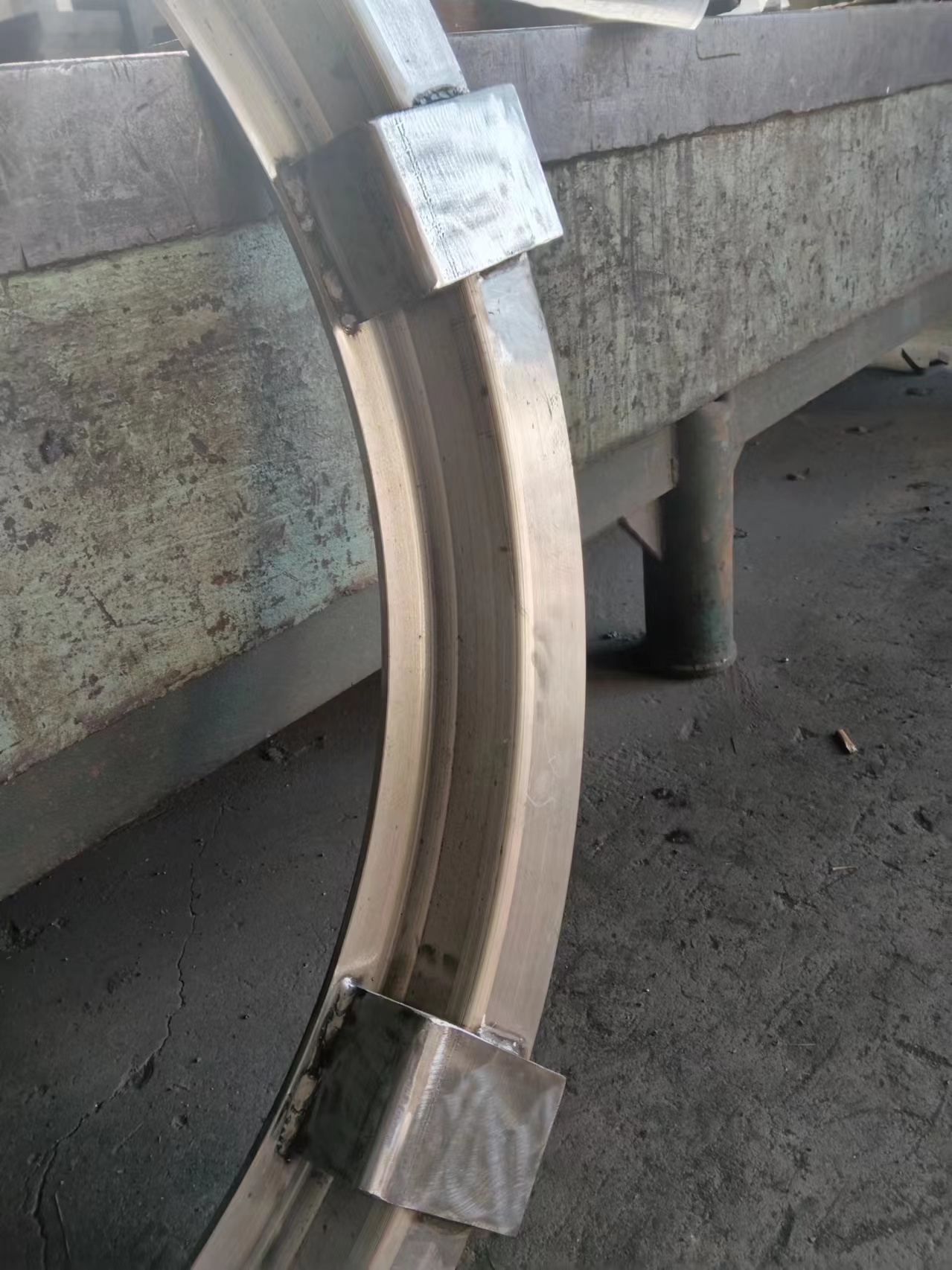- Afrikaans
- Albanian
- Amharic
- Arabic
- Armenian
- Azerbaijani
- Basque
- Belarusian
- Bengali
- Bosnian
- Bulgarian
- Catalan
- Cebuano
- China
- China (Taiwan)
- Corsican
- Croatian
- Czech
- Danish
- Dutch
- English
- Esperanto
- Estonian
- Finnish
- French
- Frisian
- Galician
- Georgian
- German
- Greek
- Gujarati
- Haitian Creole
- hausa
- hawaiian
- Hebrew
- Hindi
- Miao
- Hungarian
- Icelandic
- igbo
- Indonesian
- irish
- Italian
- Japanese
- Javanese
- Kannada
- kazakh
- Khmer
- Rwandese
- Korean
- Kurdish
- Kyrgyz
- Lao
- Latin
- Latvian
- Lithuanian
- Luxembourgish
- Macedonian
- Malgashi
- Malay
- Malayalam
- Maltese
- Maori
- Marathi
- Mongolian
- Myanmar
- Nepali
- Norwegian
- Norwegian
- Occitan
- Pashto
- Persian
- Polish
- Portuguese
- Punjabi
- Romanian
- Russian
- Samoan
- Scottish Gaelic
- Serbian
- Sesotho
- Shona
- Sindhi
- Sinhala
- Slovak
- Slovenian
- Somali
- Spanish
- Sundanese
- Swahili
- Swedish
- Tagalog
- Tajik
- Tamil
- Tatar
- Telugu
- Thai
- Turkish
- Turkmen
- Ukrainian
- Urdu
- Uighur
- Uzbek
- Vietnamese
- Welsh
- Bantu
- Yiddish
- Yoruba
- Zulu
Aug . 17, 2024 18:57 Back to list
Exporter of Cast Iron Fittings and Quality Casting Solutions for Global Markets
The Rising Demand for Cast Iron Fitting Casting Exporters
In the contemporary manufacturing landscape, cast iron fitting casting has emerged as a pivotal element in various industries, ranging from construction to automotive. With its remarkable durability and excellent machinability, cast iron is preferred for fittings that must withstand high pressure and extreme temperatures. As global industrial activities expand, the need for reliable cast iron fitting casting exporters has significantly increased.
First, it is essential to understand what cast iron fittings are. Cast iron fittings are components made through the casting process, where molten iron is poured into molds to create specific shapes. These fittings are often used in pipelines, plumbing systems, and industrial machinery, providing essential connections between different segments. Their resistance to corrosion, wear, and high temperatures makes them ideal for challenging environments.
One of the primary attributes that make cast iron fittings appealing is their ability to endure heavy loads and pressures. In industries such as oil and gas, where pipelines must withstand extreme conditions, the reliability of cast iron fittings is indispensable. Moreover, the thermal conductivity of cast iron facilitates efficient heat distribution, making it a favored choice in heating systems.
The global marketplace for cast iron fitting casting is becoming increasingly competitive. Numerous countries are exporting these products, contributing to a thriving international trade scene. Emerging economies, particularly in Asia, have started to become significant players in the cast iron fittings market. Countries like China and India have invested heavily in manufacturing capabilities, allowing them to offer high-quality products at competitive prices. This influx of products has benefitted global buyers, who can now source cost-effective solutions without compromising quality.
cast iron fitting casting exporter

However, with increased competition comes the challenge of maintaining high standards. Exporters must ensure that their cast iron fittings comply with international quality standards and regulations. This adherence not only builds trust with international clients but also reduces the risk of product failures that could lead to severe consequences in high-stakes environments. Certification processes, testing, and quality assurance measures are paramount in establishing a reliable exporter reputation.
Moreover, sustainable practices are becoming increasingly important for businesses in the cast iron fitting casting sector. As the demand for eco-friendly manufacturing processes grows, exporters are under pressure to adopt sustainable methods that minimize waste and reduce carbon footprints. Innovations such as recycling scrap iron and utilizing cleaner production technologies are becoming standard practices. Exporters who can effectively implement sustainable practices will likely enjoy a competitive edge in the market.
The logistics of exporting cast iron fittings also play a crucial role in the success of exporters. Efficient shipping and handling methods can significantly impact delivery times and costs, making it essential for exporters to establish solid partnerships with logistics companies. Streamlined operations and effective communication along the supply chain are necessary to meet the increasing demand from overseas markets.
In conclusion, the cast iron fitting casting export sector holds tremendous potential as global industries continue to grow. By focusing on quality, sustainability, and efficient logistics, exporters can position themselves favorably in a competitive market. As we move forward, the emphasis will likely shift towards innovation and adaptability, enabling cast iron fitting casting exporters to thrive in an ever-evolving business landscape. Embracing these challenges will not only enhance the reputation of exporters but will also contribute to the overall advancement of the industry.
-
8mm Thin-Walled Cast Steel Manhole Cover Pallet Bottom Ring | Durable
NewsAug.04,2025
-
Premium Cast Iron Water Main Pipe: Durable, Corrosion-Resistant
NewsAug.03,2025
-
Durable Cast Iron Water Mains | AI-Optimized Systems
NewsAug.02,2025
-
High-Efficiency Propane Boiler for Baseboard Heat | Save Energy
NewsAug.01,2025
-
Premium Source Suppliers for Various Gray Iron Castings
NewsJul.31,2025
-
Durable Cast Iron Water Main Pipes | Long-Lasting
NewsJul.31,2025


